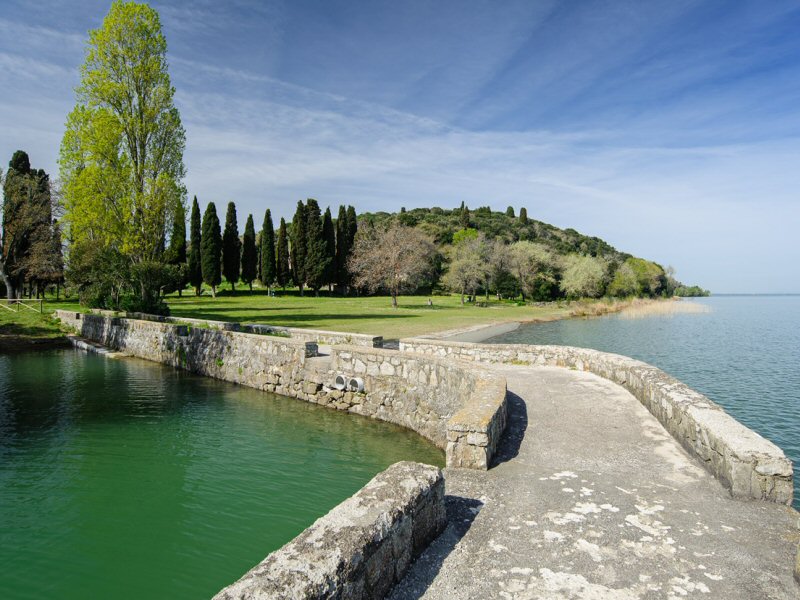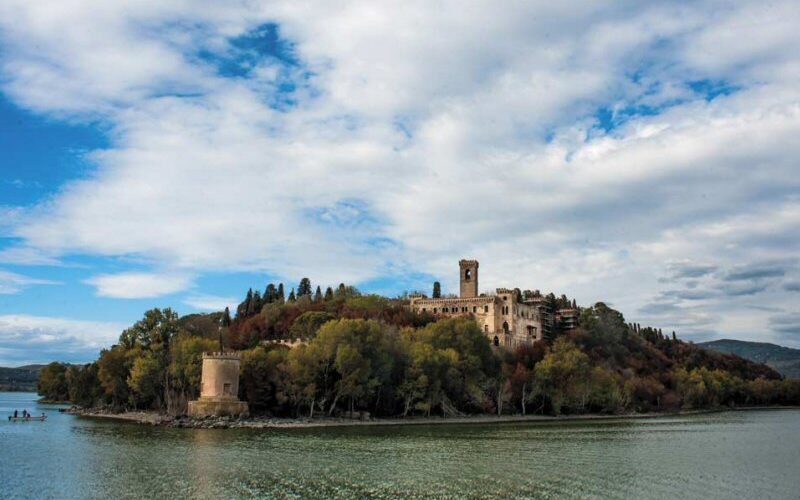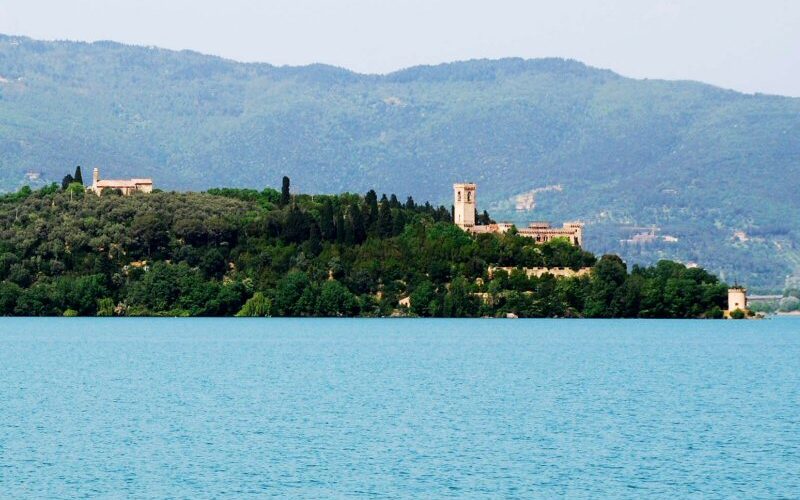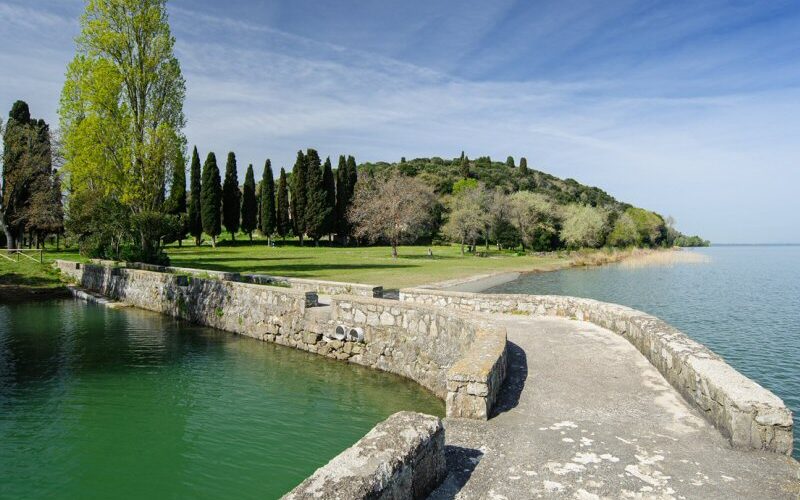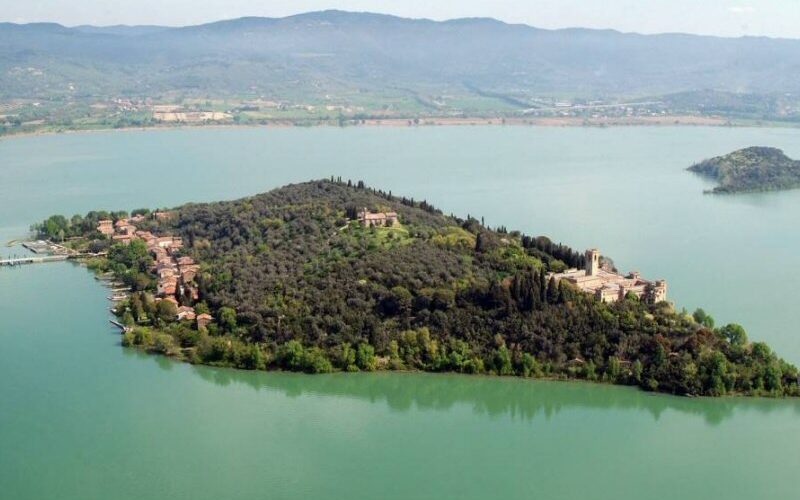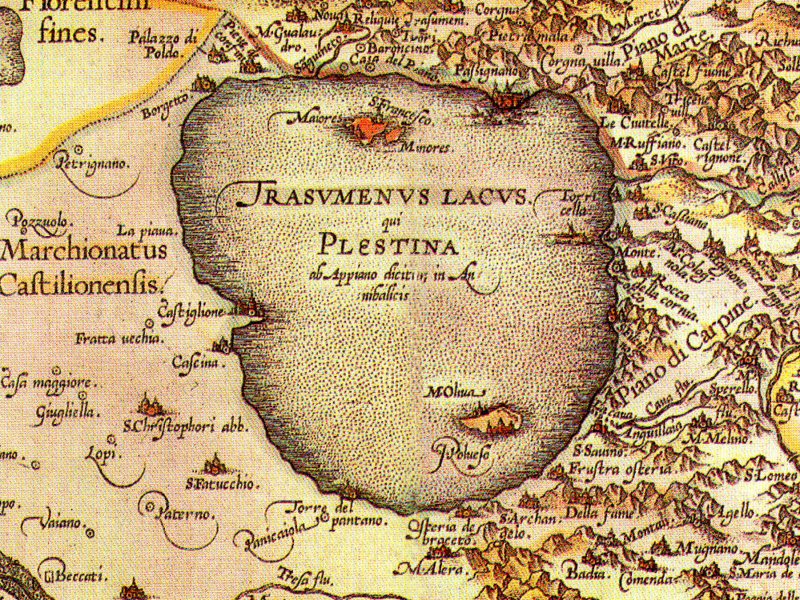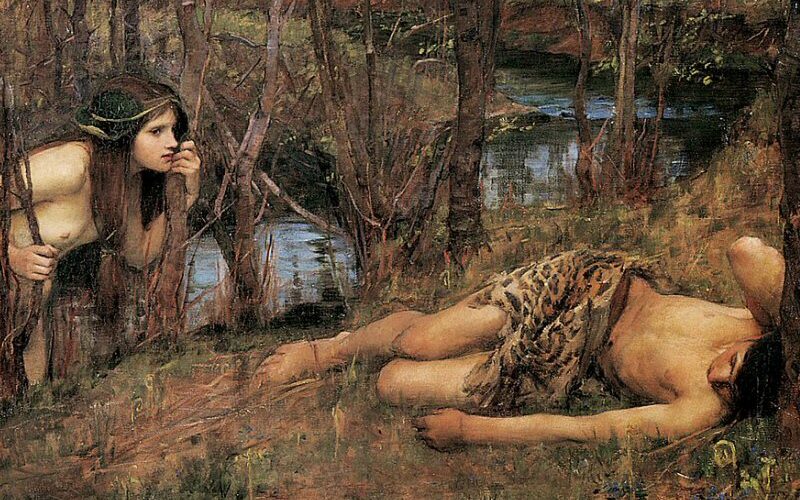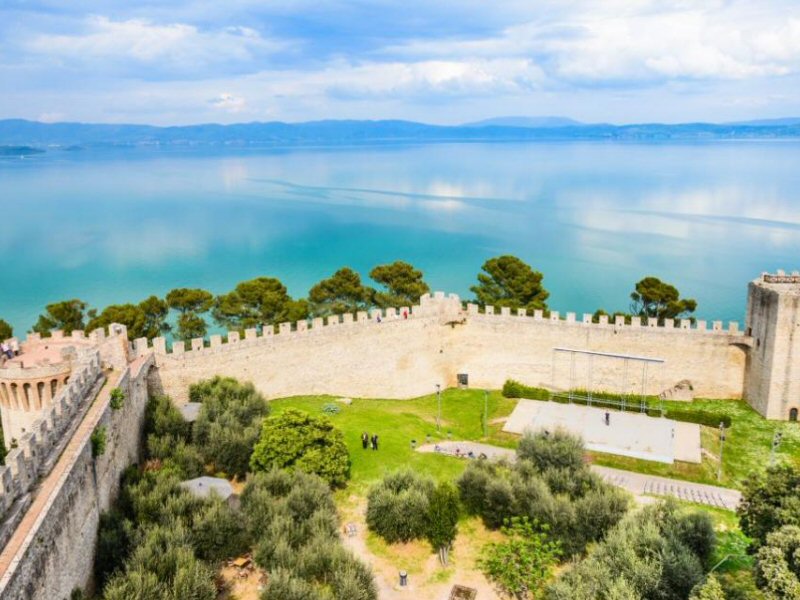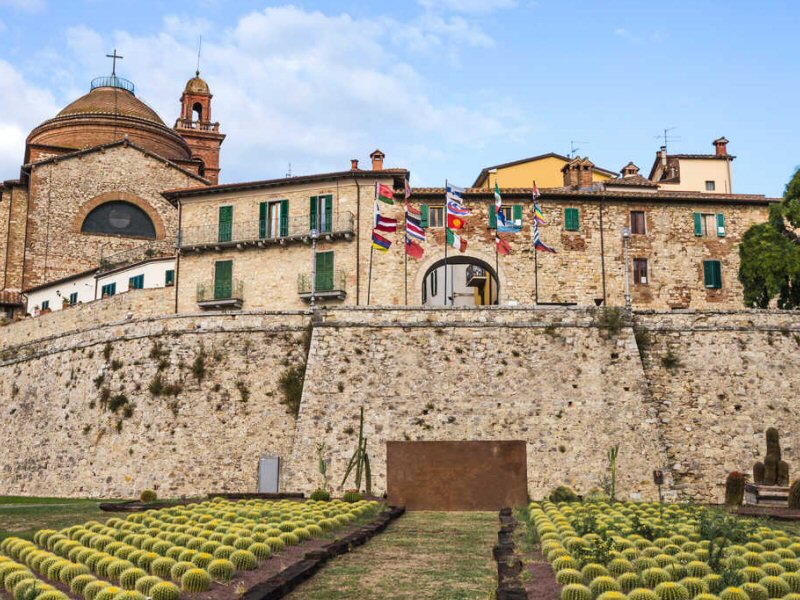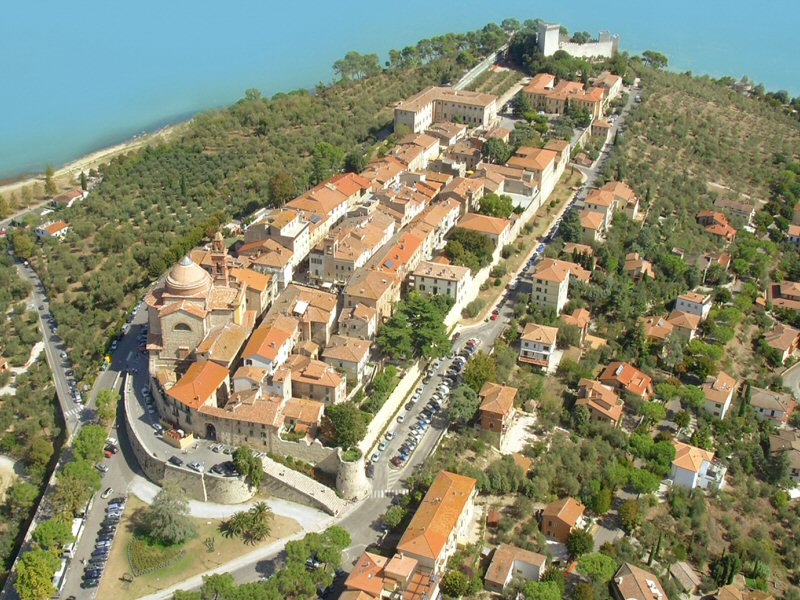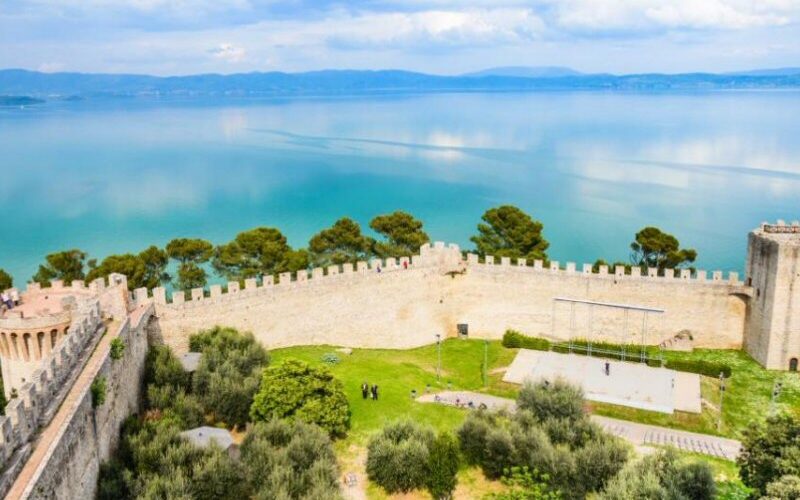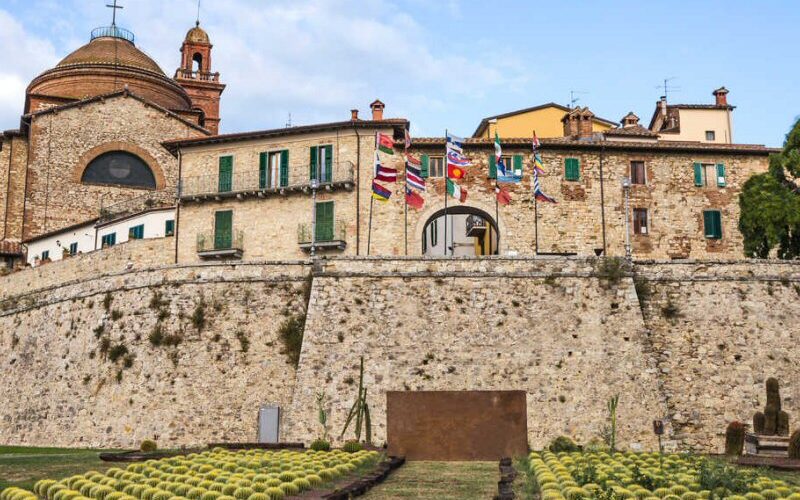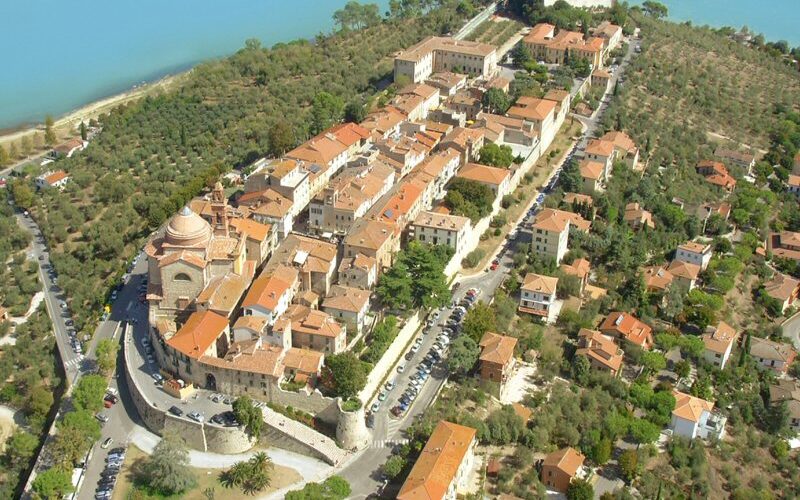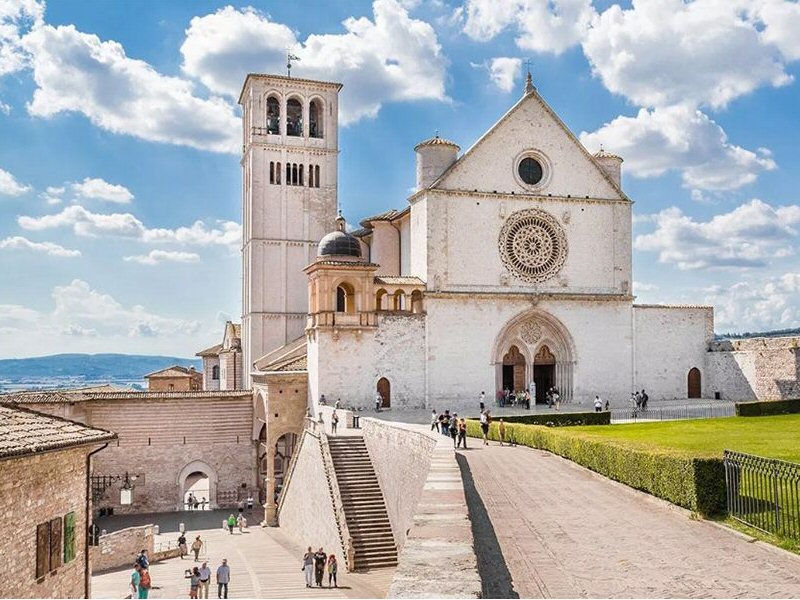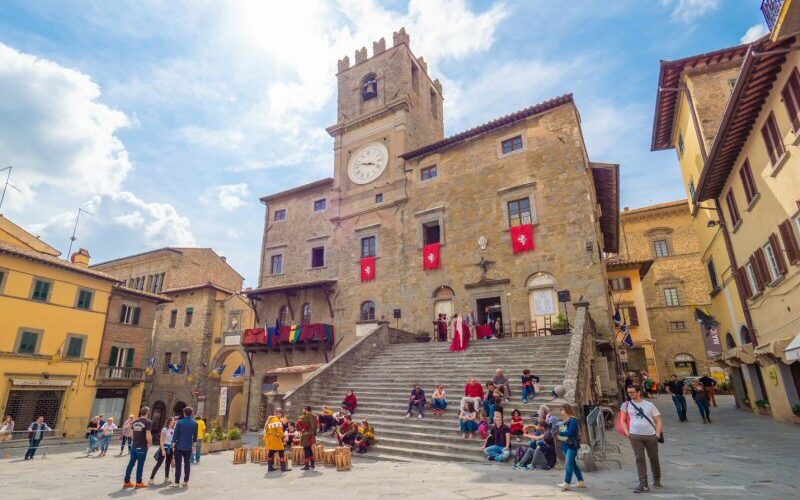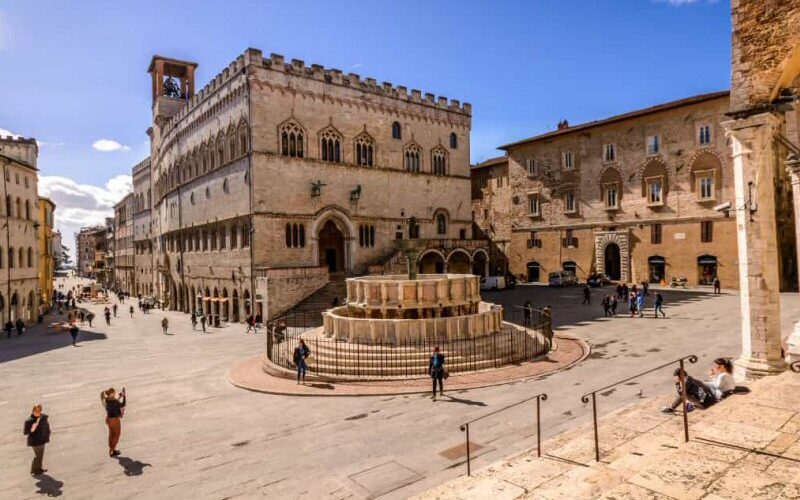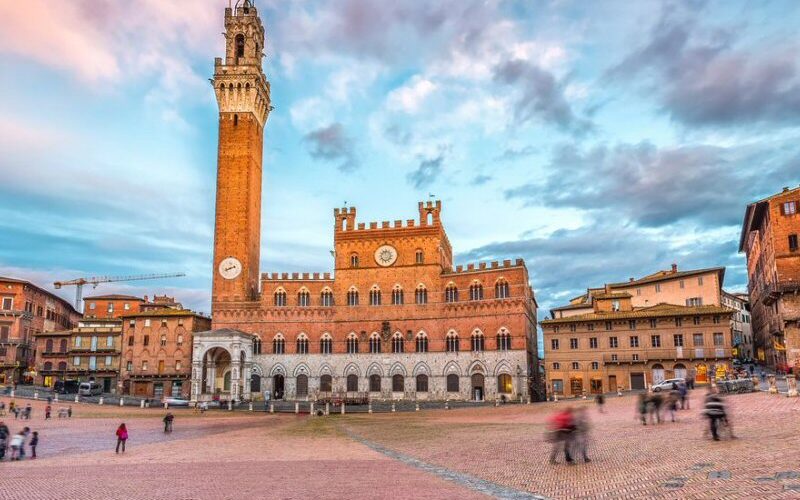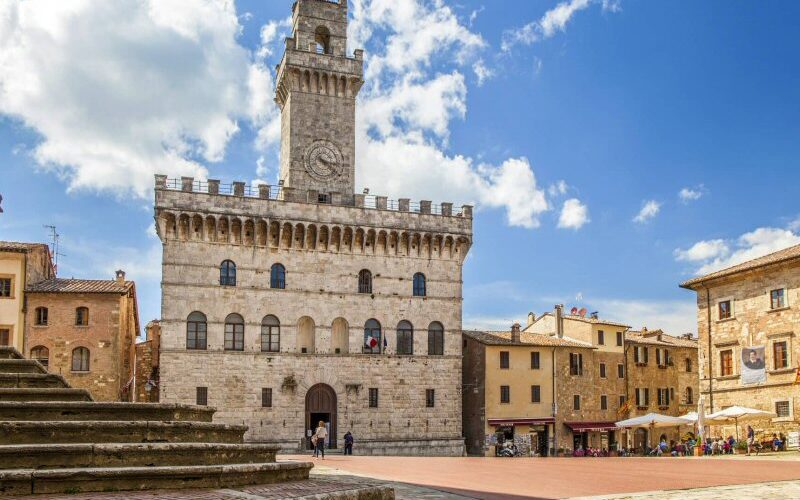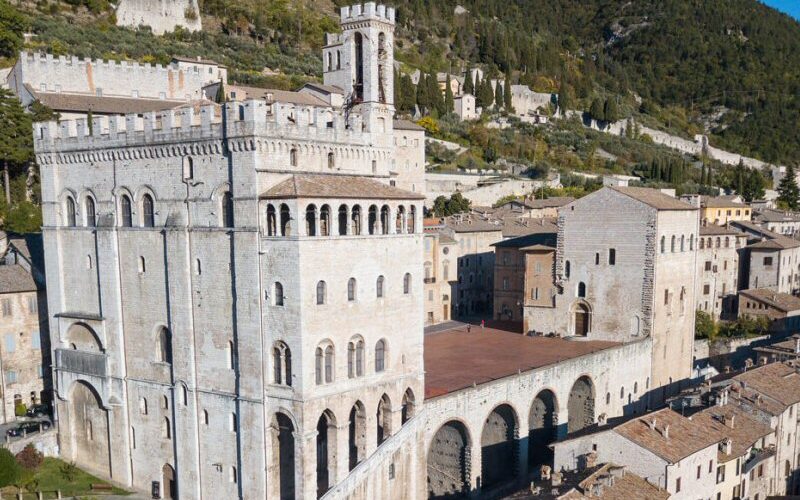At Trasimeno between Hamlets, Islands and Legends
A place where fishing and farming tradition blends, Lake Trasimeno offers breath-taking views, where the beauty of nature and historic villages meet to give unique emotions.
The Islands
There are three islands in Lake Trasimeno:
Isola Polvese is located in the southeastern part of the lake and is the largest of the three. Since 1995 it has been a scientific-didactic park where scientific research, experimentation and environmental education activities are promoted.
Isola Maggiore is the only permanently inhabited island, with about 18 inhabitants. In the collection “Fioretti di san Francesco” there is an episode in which the Saint seems to have stayed here in 1211 during Lent, finding shelter in a hedge and eating only half a loaf of bread for the whole 40 days.
The third and smallest is Isola Minore, covered by thick woodland vegetation, is owned by a private and therefore cannot be visited.
Isola Polvese and Isola Maggiore are easy to visit thanks to the public ferry service (click here for more information).
Le Isole
There are three islands in Lake Trasimeno:
Isola Polvese is located in the southeastern part of the lake and is the largest of the three. Since 1995 it has been a scientific-didactic park where scientific research, experimentation and environmental education activities are promoted.
Isola Maggiore is the only permanently inhabited island, with about 18 inhabitants. In the collection “Fioretti di san Francesco” there is an episode in which the Saint seems to have stayed here in 1211 during Lent, finding shelter in a hedge and eating only half a loaf of bread for the whole 40 days.
The third and smallest is Isola Minore, covered by thick woodland vegetation, is owned by a private and therefore cannot be visited.
Isola Polvese and Isola Maggiore are easy to visit thanks to the public ferry service (click here for more information).
Between truth and legend
The origin of the name “Trasimeno” is still much debated, and there are several hypotheses about it.
The most romantic – known as the legend of Agilla and Trasimeno – tells the story of Prince Trasimeno, son of King Tirreno, who shortly after meeting and falling in love with the nymph Agilla, disastrously drowned in the waters of the lake that was named after him.
According to the legend, the nymph’s soul never left the waters of the lake.
Even now, fishermen say that in summer, when the fresh wind from west blows, you can still hear the bitter cries of Agilla as she looks for her beloved Trasimeno.
Between truth and legend
The origin of the name “Trasimeno” is still much debated, and there are several hypotheses about it.
The most romantic – known as the legend of Agilla and Trasimeno – tells the story of Prince Trasimeno, son of King Tirreno, who shortly after meeting and falling in love with the nymph Agilla, disastrously drowned in the waters of the lake that was named after him.
According to the legend, the nymph’s soul never left the waters of the lake.
Even now, fishermen say that in summer, when the fresh wind from west blows, you can still hear the bitter cries of Agilla as she looks for her beloved Trasimeno.
Castiglione del Lago
Castiglione del Lago is the main town on Lake Trasimeno and stands on a limestone spur that was once the fourth island on the lake. The actual orographic configuration is due to the lowering of the water level: a striking peninsula overlooking the lake!
Castiglione del Lago was one of the first towns to be recognized as one of the most beautiful village in Italy (“borghi più belli d’Italia”), for its history, culture, the beauty of its territory and the variety of gastronomic specialities that can be found here.
Today, the town is the liveliest centre of Trasimeno thanks to a calendar full of events that, over the time, have made Castiglione del Lago the town of tulips (Festa del Tulipano), the town of folklore (Festival del Folklore) and the home of the world’s largest Christmas tree built on water (Luci sul Trasimeno).
One of the most representative buildings in Castiglione del Lago is Palazzo Della Corgna, designed by Galeazzo Alessi (a well-known Perugian architect), which was the main residence of Della Corgna family between 1563 and 1647. Conceived as a small “palace”, it was isolated from the rest of the town and surrounded by a flourishing garden. The palace, in limestone and terracotta, has richly decorated interiors. Inside the Sala Maggiore are frescoes by Mannerist Niccolò Circignani, known as “Il Pomarancio”, celebrating the feats of arms of Ascanio della Corgna.
The Rocca del Leone (1247), connected to Palazzo Ducale by a very suggestive covered walkway, is one of the most important examples of Umbrian military architecture. Built at the time when the town was conquered by Frederick II of Swabia, the building has a pentagonal shape with four corner towers and is located on a limestone spur that allows you to dominate the whole Lake Trasimeno. Inside there is a small amphitheater where numerous shows are held during summer.
The Church of Santa Maria Maddalena is a neoclassical building built between 1836 and 1860. Inside there is a Madonna Enthroned from 1500, an altarpiece attributed to Eusebio da San Giorgio (a pupil of Perugino), stucco work by Piervittori and a Madonna del Latte from the 14th-century Senese school.
The Church of San Domenico was built in 1636 by Fulvio II Alessandro, the last duke of Della Corgna family. After his wife’s illness, the duke made a promise in front of the image of San Domenico to build a church in her honor. The church is in Baroque style and consists of two parts: one is reserved for religious celebrations, the other (the sacristy) is used for meetings of the confraternity of San Domenico and is also the place where sacred relics (including the bust of St Barbara) are kept.
Castiglione del Lago
Castiglione del Lago is the main town on Lake Trasimeno and stands on a limestone spur that was once the fourth island on the lake. The actual orographic configuration is due to the lowering of the water level: a striking peninsula overlooking the lake!
Castiglione del Lago was one of the first towns to be recognized as one of the most beautiful village in Italy (“borghi più belli d’Italia”), for its history, culture, the beauty of its territory and the variety of gastronomic specialities that can be found here.
Today, the town is the liveliest centre of Trasimeno thanks to a calendar full of events that, over the time, have made Castiglione del Lago the town of tulips (Festa del Tulipano), the town of folklore (Festival del Folklore) and the home of the world’s largest Christmas tree built on water (Luci sul Trasimeno).
One of the most representative buildings in Castiglione del Lago is Palazzo Della Corgna, designed by Galeazzo Alessi (a well-known Perugian architect), which was the main residence of Della Corgna family between 1563 and 1647. Conceived as a small “palace”, it was isolated from the rest of the town and surrounded by a flourishing garden. The palace, in limestone and terracotta, has richly decorated interiors. Inside the Sala Maggiore are frescoes by Mannerist Niccolò Circignani, known as “Il Pomarancio”, celebrating the feats of arms of Ascanio della Corgna.
The Rocca del Leone (1247), connected to Palazzo Ducale by a very suggestive covered walkway, is one of the most important examples of Umbrian military architecture. Built at the time when the town was conquered by Frederick II of Swabia, the building has a pentagonal shape with four corner towers and is located on a limestone spur that allows you to dominate the whole Lake Trasimeno. Inside there is a small amphitheater where numerous shows are held during summer.
The Church of Santa Maria Maddalena is a neoclassical building built between 1836 and 1860. Inside there is a Madonna Enthroned from 1500, an altarpiece attributed to Eusebio da San Giorgio (a pupil of Perugino), stucco work by Piervittori and a Madonna del Latte from the 14th-century Senese school.
The Church of San Domenico was built in 1636 by Fulvio II Alessandro, the last duke of Della Corgna family. After his wife’s illness, the duke made a promise in front of the image of San Domenico to build a church in her honor. The church is in Baroque style and consists of two parts: one is reserved for religious celebrations, the other (the sacristy) is used for meetings of the confraternity of San Domenico and is also the place where sacred relics (including the bust of St Barbara) are kept.
Between Umbria and Tuscany
Hotel Aganoor, with its central and strategic location, is the ideal solution for those looking for a quiet place between Umbria and Tuscany.
From the hotel you can quickly reach all the main tourist destinations in Umbria and the Valdichiana such as Perugia, Assisi, Gubbio, Orvieto, Montepulciano, Siena, Cortona and Pienza. The perfect location for those who want to move freely around the area, having a fixed base from which to set off on daily excursions.
The territory between Umbria and Tuscany is rich in artistic and cultural beauties, as well as naturalistic ones, to the point that it is becoming more and more the favourite destination of many tourists who love slow tourism, with good food and beauty.
Between Umbria and Tuscany
Hotel Aganoor, with its central and strategic location, is the ideal solution for those looking for a quiet place between Umbria and Tuscany.
From the hotel you can quickly reach all the main tourist destinations in Umbria and the Valdichiana such as Perugia, Assisi, Gubbio, Orvieto, Montepulciano, Siena, Cortona and Pienza. The perfect location for those who want to move freely around the area, having a fixed base from which to set off on daily excursions.
The territory between Umbria and Tuscany is rich in artistic and cultural beauties, as well as naturalistic ones, to the point that it is becoming more and more the favourite destination of many tourists who love slow tourism, with good food and beauty.



